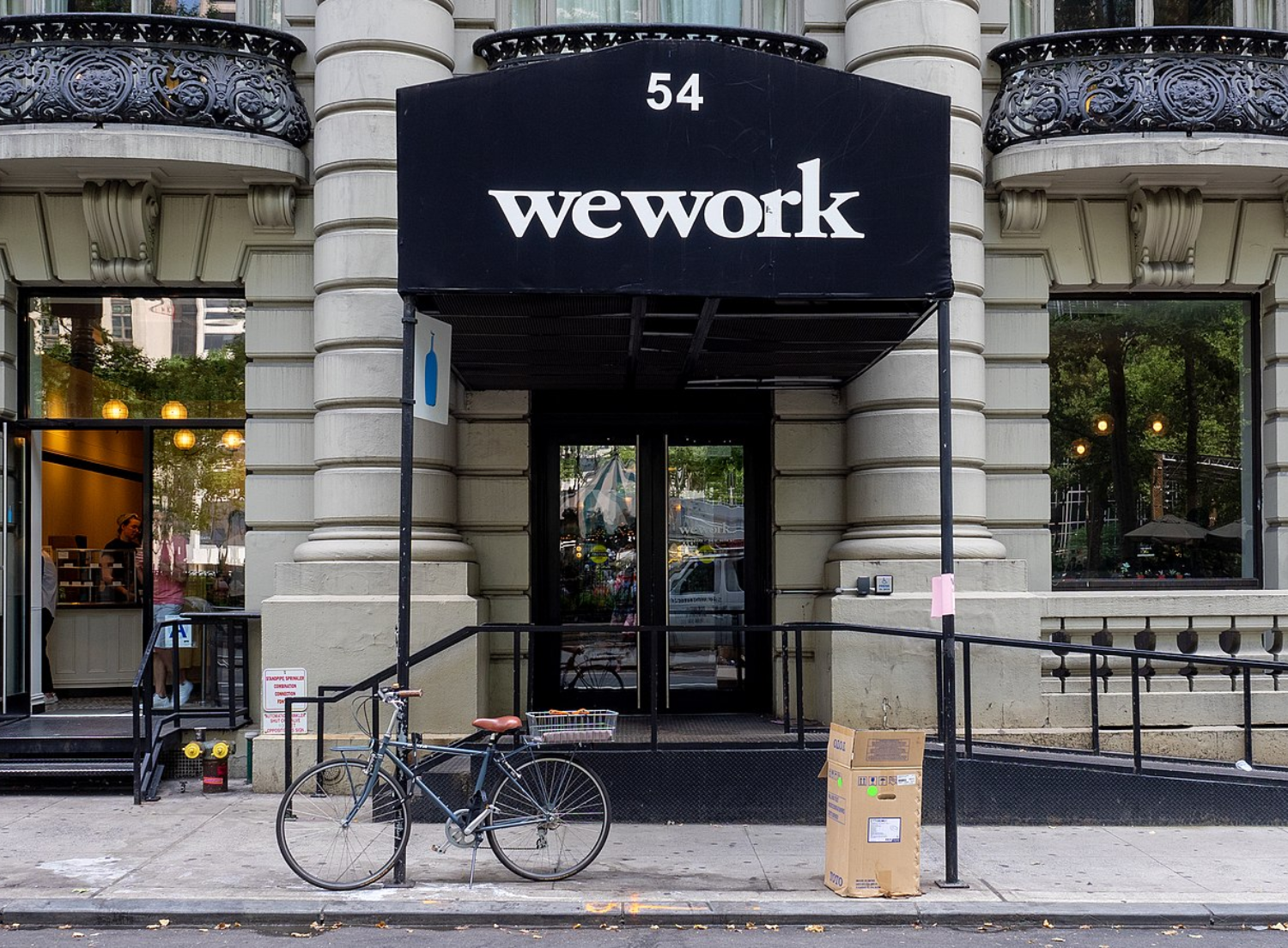Source Credit : Reuters
U.S. consumer prices increased by the most in five months in June amid higher costs for some goods, suggesting tariffs were starting to have an impact on inflation and potentially keeping the Federal Reserve on the sidelines until September.
Softening demand as consumers hunker down, however, is limiting price increases for services like airline fares and hotel and motel rooms, keeping underlying inflation muted for now. That trend, if sustained, could ease concerns of a broad-based rise in price pressures from tariffs.
Nonetheless, economists generally expect the tariff-induced rise in inflation to become more evident in the July and August CPI reports, arguing that businesses were still selling merchandise accumulated before President Donald Trump announced sweeping import duties in April. They also noted that when Trump slapped tariffs on washing machines in 2018, it took several months for the duties to show up in the inflation data.
Trump last week announced higher duties would come into effect on August 1 for imports from a range of countries, including Mexico, Japan, Canada and Brazil, and the European Union.
"Inflation has begun to show the first signs of tariff pass-through," said Ellen Zentner, chief economic strategist at Morgan Stanley Wealth Management. "While services inflation continues to moderate, the acceleration in tariff-exposed goods in June is likely the first of greater price pressures to come. The Fed will want to hold steady as it awaits more data."
The CPI increased 0.3% last month after edging up 0.1% in May, the Labor Department's Bureau of Labor Statistics said on Tuesday. That gain was the largest since January, and also reflected higher rental costs. Gasoline prices rebounded 1.0% after four straight monthly declines.
Food prices rose 0.3%, matching the increase in May. Grocery store prices also advanced 0.3%, lifted by a 1.4% increase in the costs of nonalcoholic beverages and 2.2% jump in coffee prices, likely because of higher import duties.
Fruits and vegetables cost 0.9% more while beef prices jumped 2.0%. But eggs were 7.4% cheaper as an avian flu outbreak abated. The cost of food consumed away from home rose 0.4%.
In the 12 months through June, the CPI advanced 2.7% after rising 2.4% in May. Economists polled by Reuters had forecast the CPI would climb 0.3% and rise 2.6% on a year-over-year basis.
The U.S. central bank tracks Personal Consumption Expenditures (PCE) Price Index data for its 2% target. The Fed is expected to leave its benchmark overnight interest rate in the 4.25%-4.50% range at a policy meeting later this month. Minutes of the central bank's June 17-18 meeting, which were published last week, showed only "a couple" of officials said they felt rates could fall as soon as the July 29-30 meeting.
CPI inflation readings came in on the low side in February through May, leading to demands by Trump for the Fed to lower borrowing costs. Trump persisted on Tuesday, writing on his Truth Social media platform, "Consumer Prices LOW. Bring down the Fed Rate, NOW!!"
Stocks on Wall Street were mixed. The dollar rose against a basket of currencies, hitting a 15-week high versus the Japanese yen. U.S. Treasury yields rose.
